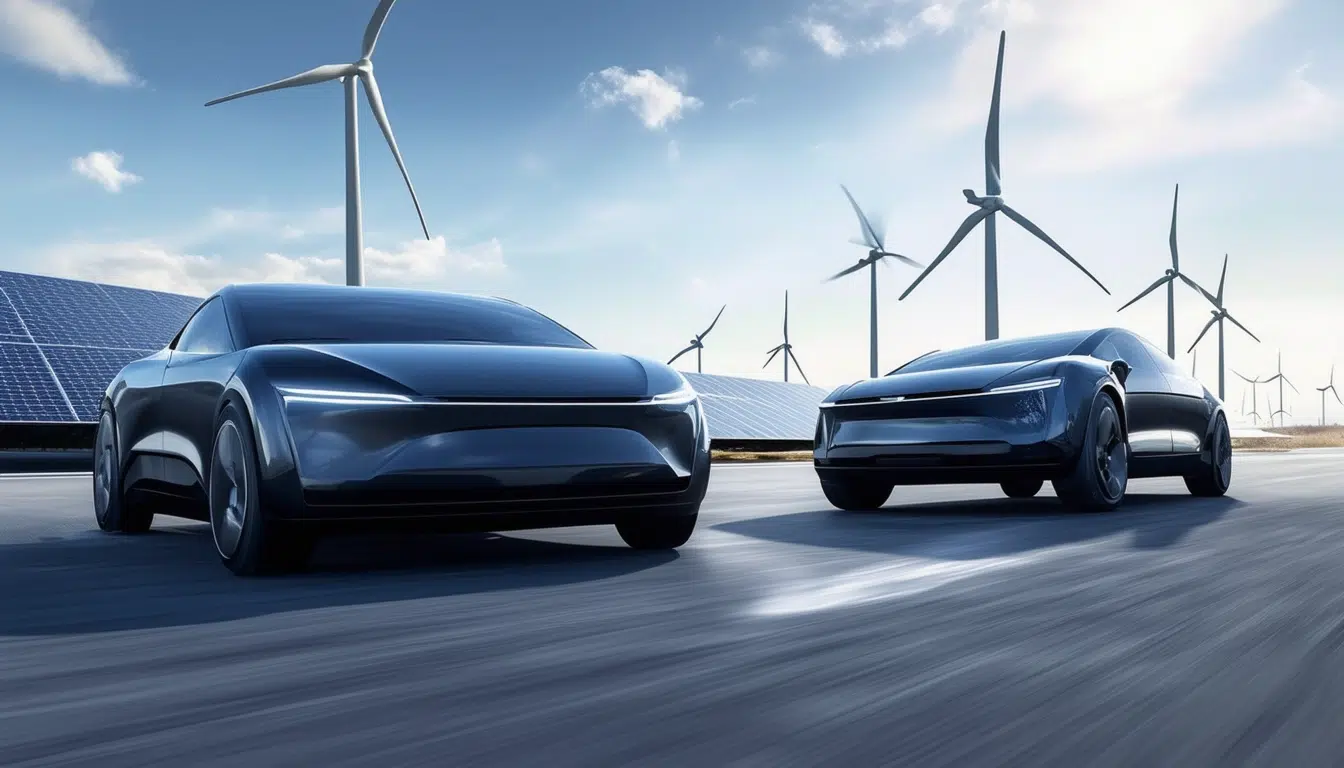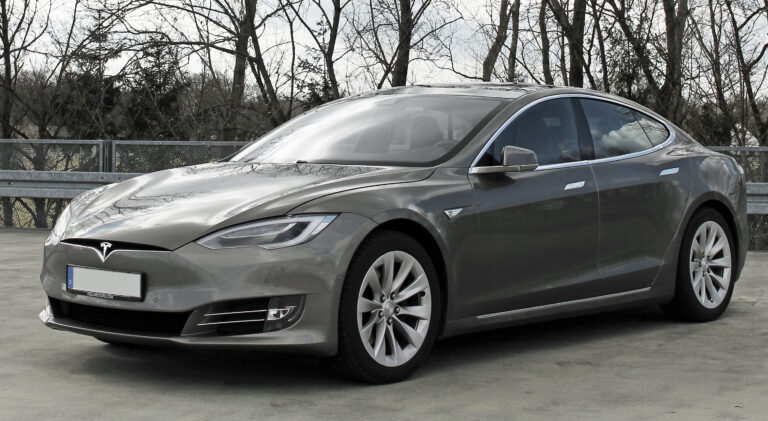The revolution of electric motors: superiority in reliability and durability over traditional propellers

In the era of sustainable mobility, electric motors stand out as a revolutionary solution, offering clear superiority in terms of reliability and durability compared to traditional internal combustion engines. This transition not only responds to the need to reduce harmful emissions but also focuses on improving the performance and energy efficiency of vehicles. As a result, electric motors promise to redefine the automotive industry, marking the beginning of a new era where the cleanest and most efficient propulsion technology takes the lead.
In recent years, electric motors have gained an impressive reputation in the automotive industry. Their ability to provide a remarkably higher energy efficiency, along with their simplified design that minimizes the chances of mechanical failures, places them in a favorable position compared to traditional internal combustion engines. This article will explore the technological innovations that have enabled this revolution, highlighting the company Protean Electric as a pioneer in wheel motors, and the involvement of major automotive manufacturers in the integration and development of this revolutionary technology.
Innovations in electric motors
The advancement of electric motors has been driven by innovative companies like Protean Electric. Founded in 2008 in the UK, this company has established itself as a leader in the development of wheel motor technology, accumulating more than 160 international patents. Its revolutionary concept of integrating components such as the inverter and control system directly within the wheel has redefined the concept of design and functionality in electric motors, increasing their reliability and durability.
ProteanDrive: an example of innovation
The ProteanDrive Generation 5 is an example of the latest advance from Protean Electric. This motor is capable of providing a maximum torque of 1,500 Nm and has undergone exhaustive quality testing to ensure its performance under extreme conditions. Designed to endure 15 years or 300,000 kilometers of continuous use, even in adverse conditions such as fording rivers and potholes, this motor is an irrefutable testament to the benefits of electric motors in terms of durability and reliability.
Comparison with internal combustion engines
In terms of energy efficiency, electric motors surpass their internal combustion counterparts. With an efficiency that can reach 90%, electric motors maximize the use of each unit of energy, compared to the typical ~30% of combustion engines. This not only translates to lower energy consumption but also a significant reduction in pollutant emissions.
Fewer components, fewer problems
Another significant advantage of electric motors is their simpler design. Having fewer moving parts, these motors experience less wear and tear, and therefore, have a higher reliability. While traditional engines are subject to potential failures in components such as pistons, valves, and belts, electric motors reduce these possibilities, requiring less maintenance.
Adaptation of the automotive industry
Recognizing the advantages of electric motors, several major automotive companies have begun to integrate them into their designs. BMW, for example, is planning to incorporate four powerful electric motors across its range of M electric vehicles, while brands like Porsche are working on new models that could revitalize combustion engines alongside sustainable development.
Other examples of advancement
The electric sports car from Caterham leverages Yamaha motors to enhance its efficiency and power, demonstrating how technological exchange between companies is energizing the industry. Additionally, innovations in automotive design are advancing, such as proposals for electric vehicles that eliminate the conventional hood, paving the way for surprising innovations.
The revolution of electric motors
The transformation towards the electrification of transport has marked a paradigm shift in how we conceive mobility, and electric motors have been prominent players in this process. Compared to traditional internal combustion engines, electric motors offer numerous advantages in terms of efficiency, sustainability, and performance.
In terms of reliability, electric motors surpass their combustion counterparts due to a simpler design and fewer components prone to wear or failure. The removal of elements such as pistons, cylinders, and exhaust systems leads to a lower failure rate and less maintenance. This simplicity not only contributes to a longer lifespan but significantly reduces the costs associated with maintenance.
Furthermore, the durability of electric motors is evident in rigorous testing. For example, the ProteanDrive Gen 5 motor has been designed to withstand up to 300,000 kilometers or 15 years of use under extreme conditions. This longevity is crucial for ensuring consumer confidence in a relatively new technology compared to conventional ones. Protean Electric, with its more than 160 patents in the field, offers products that combine technological innovations with robustness.
In terms of energy efficiency, electric motors have an energy conversion rate into motion of around 90%, in contrast with the 30% provided by internal combustion engines. This efficiency translates into faster acceleration and lower environmental impact, factors that have been key to their adoption.
The commitment to electrification is now irreversible, and continuous innovations propel electric motors to a prominent place in the future of mobility. With greater acceptance and technological advancements, it is anticipated that these motors will not only dominate the vehicle market but also foster a transition towards a zero-emissions future, highlighting their superiority over conventional propulsors.





